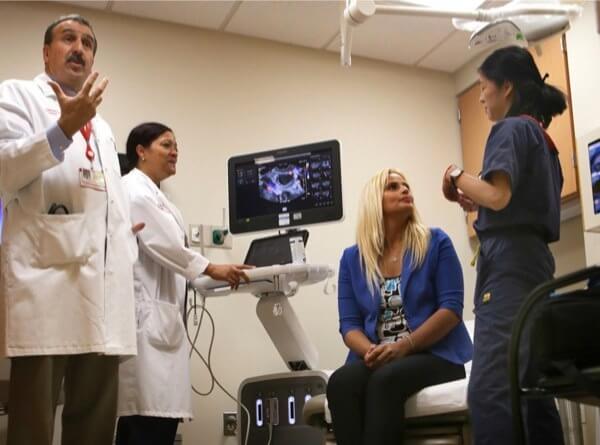By Gina Martinez
A new report from state Comptroller Thomas DiNapoli shows that job growth in New York City has outpaced New York state and the rest of the country since the end of the 2008 recession.
According to the report, the city added a total of 702,200 jobs between 2009 and 2017, an 18.9 percent increase. In comparison, New York state had job gains of 11.5 percent over the same eight-year period.
The rate of job growth in New York City is especially impressive considering nearly 5 percent of the jobs added in the nation since 2009 have been in the five boroughs, even though the city accounts for just 3 percent of the nation’s jobs.
The high numbers are coming from jobs outside of Manhattan. The study found the four boroughs outside of Manhattan contributed to 47 percent of the job gains. Brooklyn had the fastest rate of private sector job growth since 2009 with 38 percent, followed by Queens with 24 percent, then Manhattan with 20 percent, Bronx with 15 percent and Staten Island with 14 percent.
The study revealed that the job growth was driven by health care, business services and tourism-related businesses. Health care is the only sector in the city that has experienced gains every year since 1990, adding 21,400 jobs in 2017 and bringing total employment to 519,000, 28 percent more than in 2009. The business services sector was the largest source of new jobs during the expansion, adding 174,400 jobs from 2009 to 2017 and the leisure and hospitality sector accounted for one-fifth of the gains between 2009 and 2017 with 139,400 jobs. More than three-quarters of the gains were in bars and restaurants.
The report added that the revitalization of neighborhoods throughout the city have contributed to strong job growth, with 10 neighborhoods that had growth that exceeded 40 percent, including the Queens neighborhoods of Bay Ridge, Howard Beach and South Ozone Park. No neighborhood in the city lost jobs between 2009 and 2017.
The unemployment rate in the city hit its peak in October 2009 during the Great Recession, rising to 10.2 percent. In March 2017, the unemployment rate reached its lowest level in 41 years down to just 4 percent. The report said since March, it rose slightly to 4.3 percent in December 2017 due to more people entering the work force, encouraged by the strong economy.
The report also noted that the 2017 unemployment rate for African-Americans in the city was 5.6 percent and 5.9 percent for Hispanics, higher than for the 3.1 percent unemployment rate for whites and 3.7 percent for Asians. Despite the city’s unemployment rate for African-Americans being significantly lower than the 7.7 percent national average, the unemployment rate for Hispanics was moderately higher than the 5.1 percent national average, the report said.
Reach Gina Martinez by e-mail at gmart



































